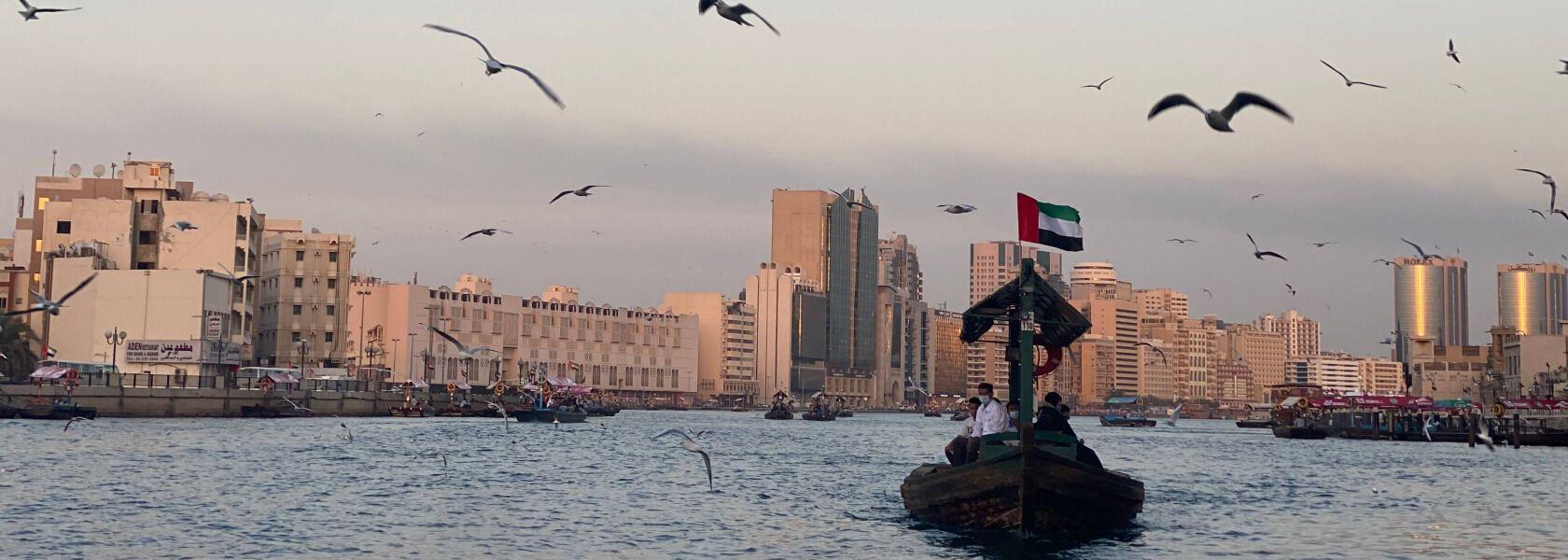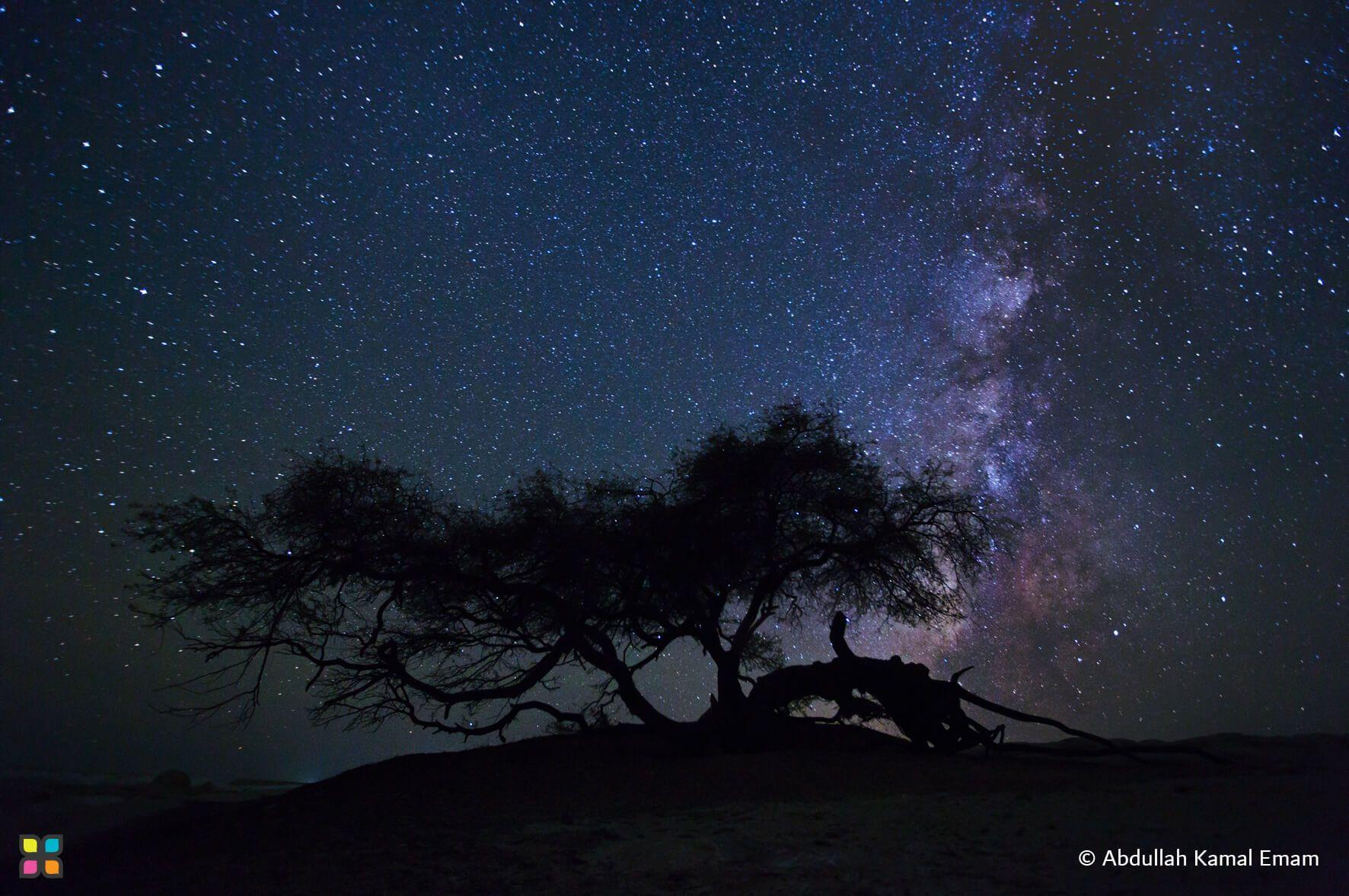The Creek is the heart of the original settlement that grew into the city we now call Dubai. A natural saltwater tidal inlet, Dubai Creek was a destination hub for regional trading vessels and the starting point for pearl diving expeditions. The city of Dubai spanned both sides of the Creek, encompassing two main areas: Deira and Bur Dubai.
Over the years, Dubai Creek was dredged and deepened to allow larger vessels. As the Creek grew, so did the city, building government offices and trading headquarters along the water’s edge. As part of this development, water taxis, or the Abra, became a popular form of public transportation.
Today, a journey across the creek still costs only 1 Dirham (or 25 cents) paid directly to the ferry driver.
As 2023 draws to a close, the UAE celebrates its 52nd National Day; A celebration that parallels the recent approval of a third metro line, continuing its expansion of public transportation. At the heart of the city, the Abras remain an integral part of Dubai’s traditional network and bustling city life.
Most Popular
The Climate Tribe delivers stories about Biodiversity and Conservation, Circular Economy, Food and Water , and how they intersect with climate.
Subscribe
Get the latest stories inspiring climate action around the globe straight to your inbox.







